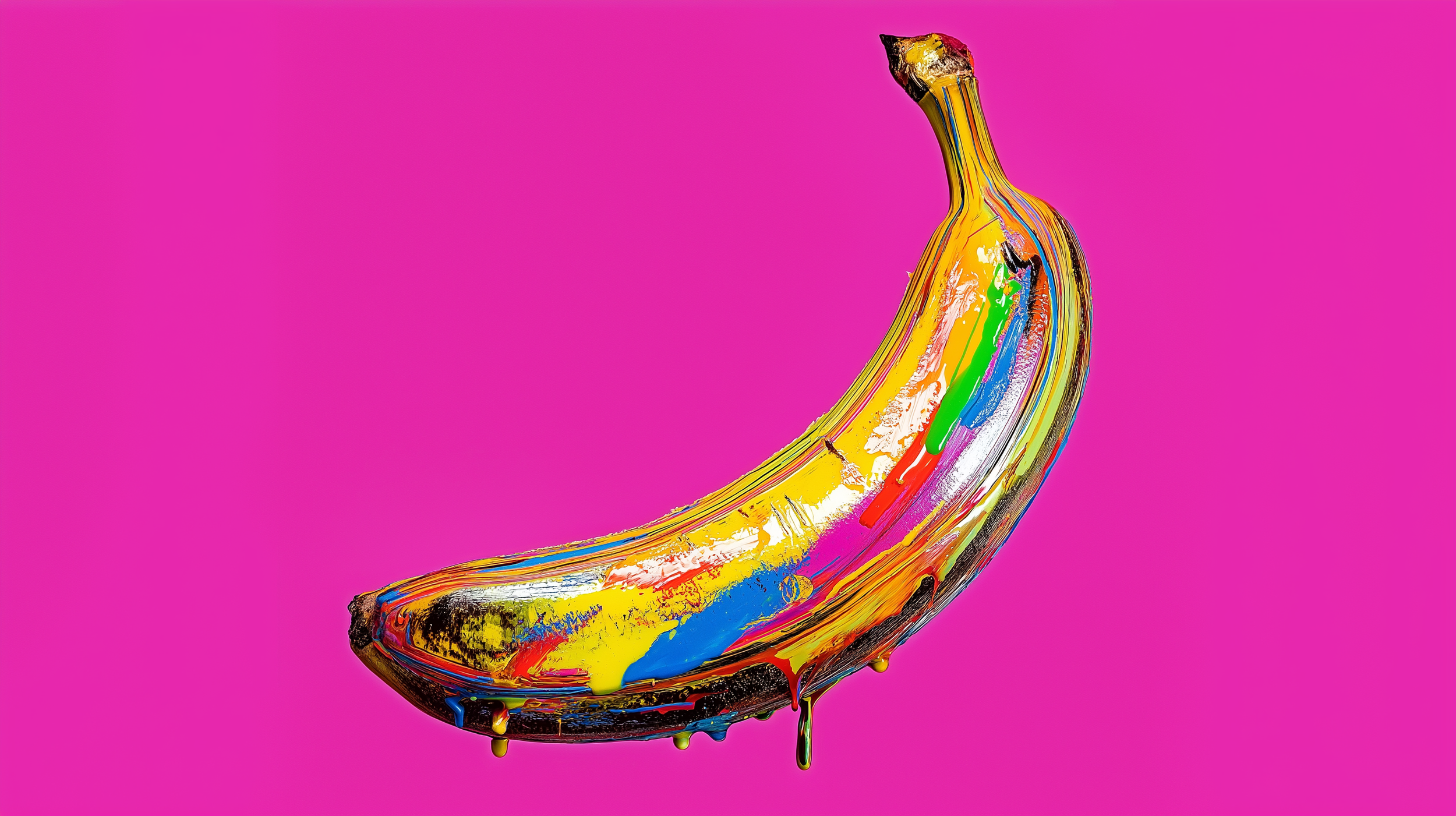When the Models Start to Multiply
For years, talk about generative AI circled the usual suspects, Midjourney for its painterly flair, DALL·E for surreal accuracy, and Stable Diffusion for the tinkering crowd. But more recently, one odd codename began appearing in creative circles: Nano Banana. People shared intriguing examples, images that stayed consistent through edits, shifts in mood, and style. It felt like a trick of perception until the reveal: Nano Banana was Google’s Gemini 2.5 Flash Image.
That matters. Gemini 2.5 Flash Image is not just another model dropped into the wild. It is being woven into familiar workflows, available in the Gemini app, API, Google AI Studio, Vertex AI, and also inside Adobe’s Firefly. In Firefly Boards and Creative Cloud, users can sketch with precise, text-driven edits, and send those images straight into Firefly Video. The model does not sit apart, you meet it where you create.
Freepik has now confirmed its own partnership with Google Cloud to bring Gemini 2.5 Flash Image into the Freepik AI Suite. Premium+ and Pro subscribers have unlimited access to the model, alongside Imagen, Ideogram, and Flux. This means Freepik users can explore the same precision and consistency that have made Nano Banana a point of fascination, and they can do so within a platform already built for rapid image generation and creative exploration.
The bigger players are moving quickly too. Meta and Midjourney are teaming up to bring generative image and video models directly into Meta’s apps, signaling that third-party AI integrations could become a core strategy for big tech platforms. This is not a small experiment. It is a statement about where the future of creativity might live, inside the ecosystems where billions of users already spend their time.
The story here is larger than a funny codename becoming public. We are watching a shift from allegiance to single ecosystems toward a more open model marketplace. Today’s tools are less about who builds them and more about whether creators can try several, start in one, finish in another, and move seamlessly from image to animation to campaign.
A name like Nano Banana may have begun as a joke in AI forums, but now it helps define how creative work is done. In the end, the real question is not which company made the model, but how easily it can travel into the rest of your tools. That is where the competition is heating up, and that is what will shape the next wave of creative practice.
